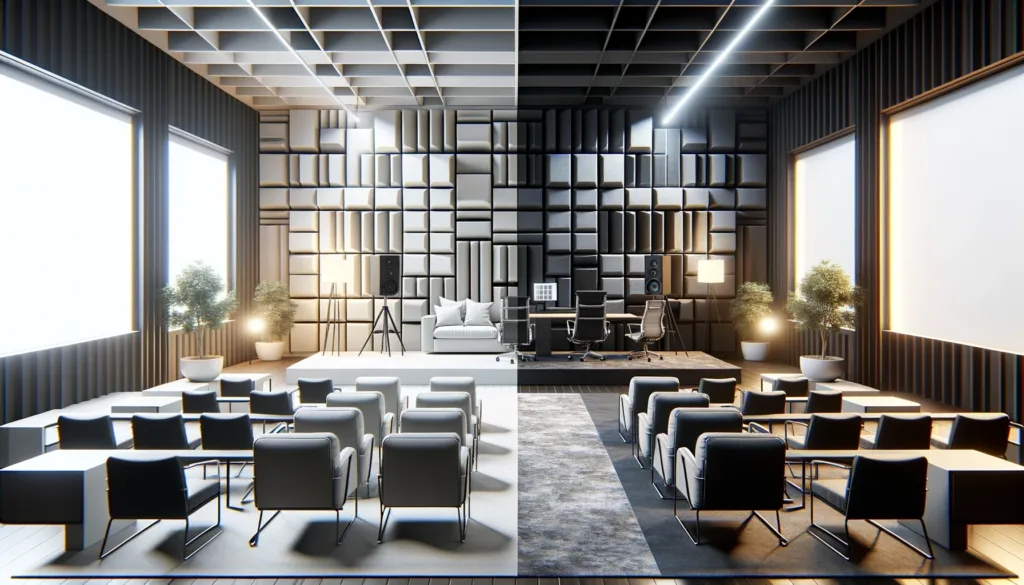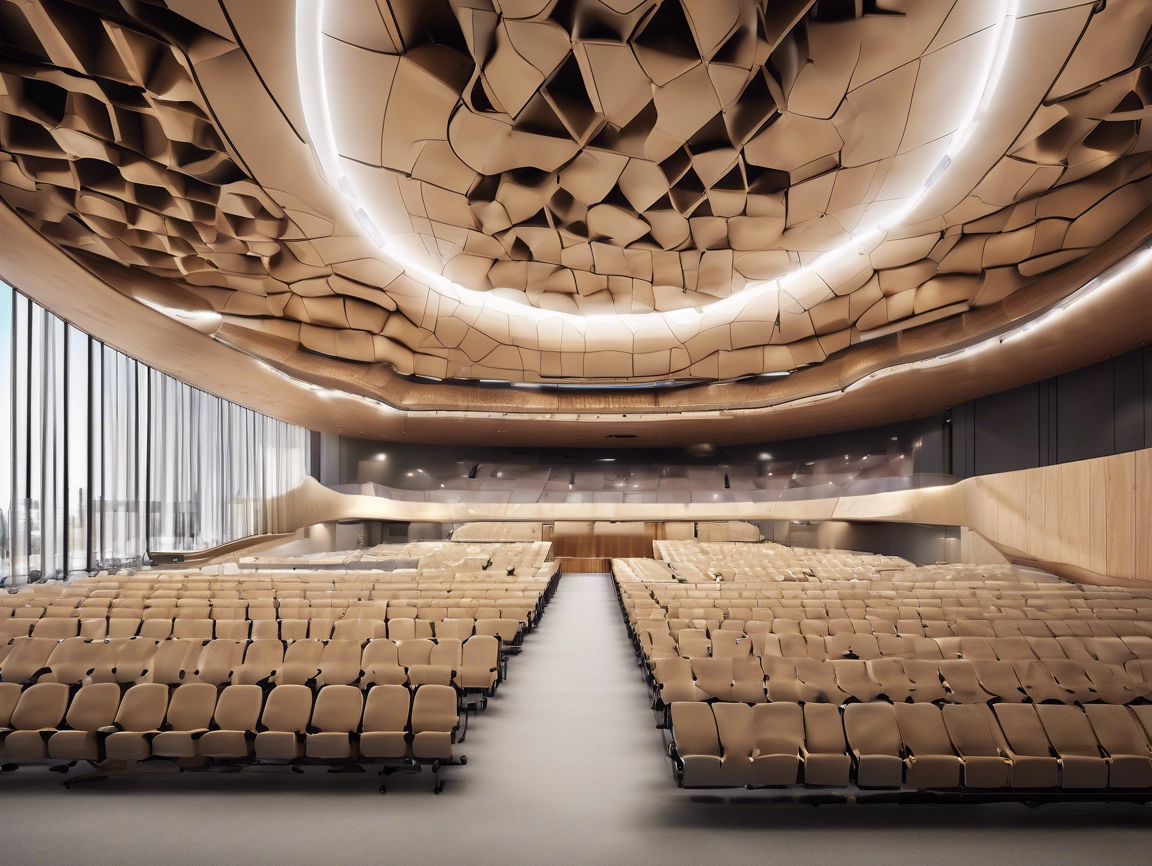Are you planning to renovate your kitchen or constructing your new home? Knowing the best materials to decorate your kitchen can transform this crucial space into a comfortable and functional area. Especially in a kitchen, where daily activities center around cooking and family gatherings, selecting the right decorative materials is vital. This guide will explore various materials suitable for modular kitchens, which are renowned for their practicality, enhanced storage capabilities, and ease of maintenance.
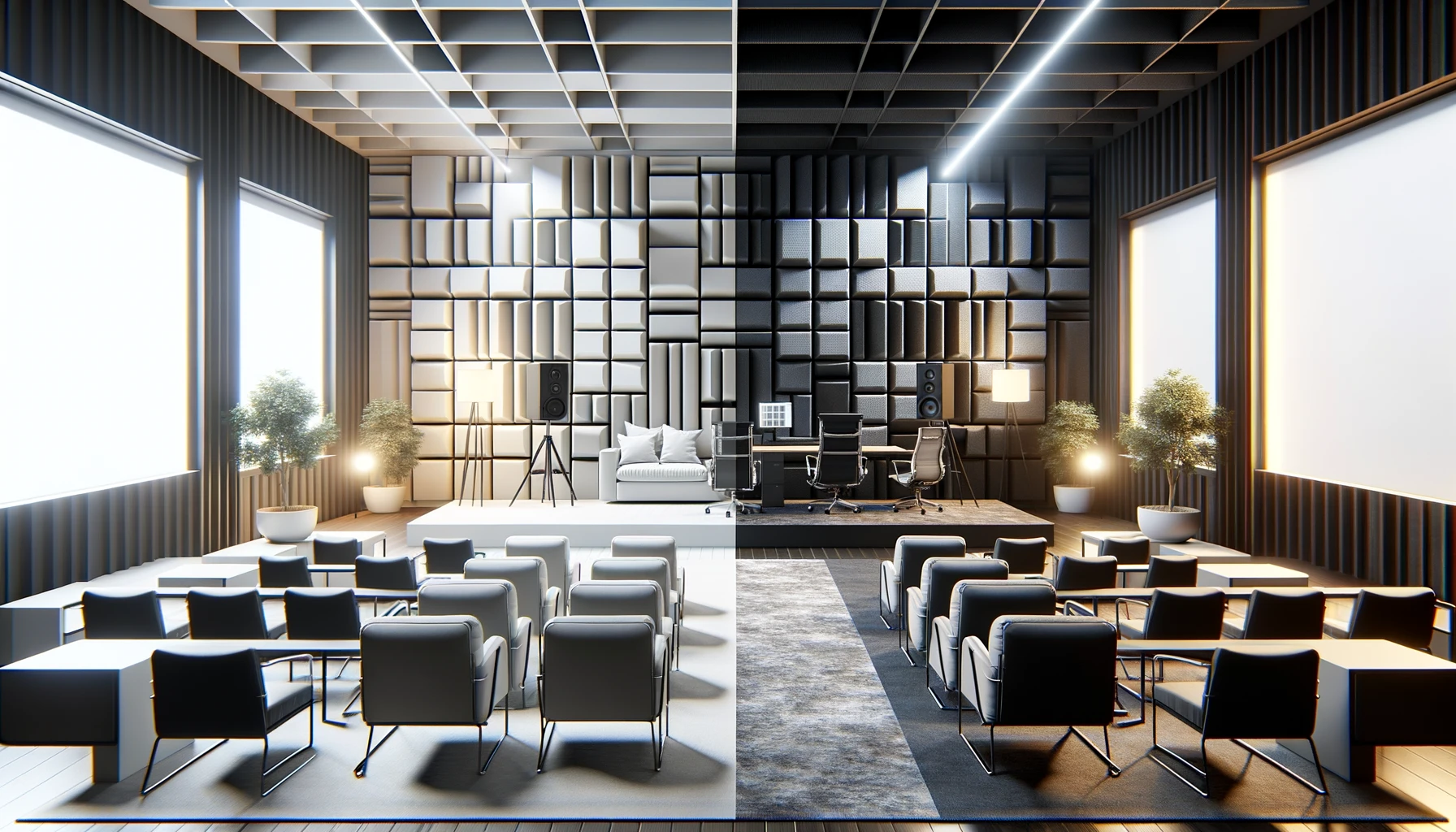
Table of Contents
ToggleStrategic Placement vs. Complete Coverage
Covering an entire wall with acoustic panels isn’t always required. Strategic placement of these panels can be more effective and aesthetically pleasing than full coverage. By focusing on major sound reflection points and areas where echoes are most prominent, you can optimize sound absorption without the need to panel every inch of the wall.
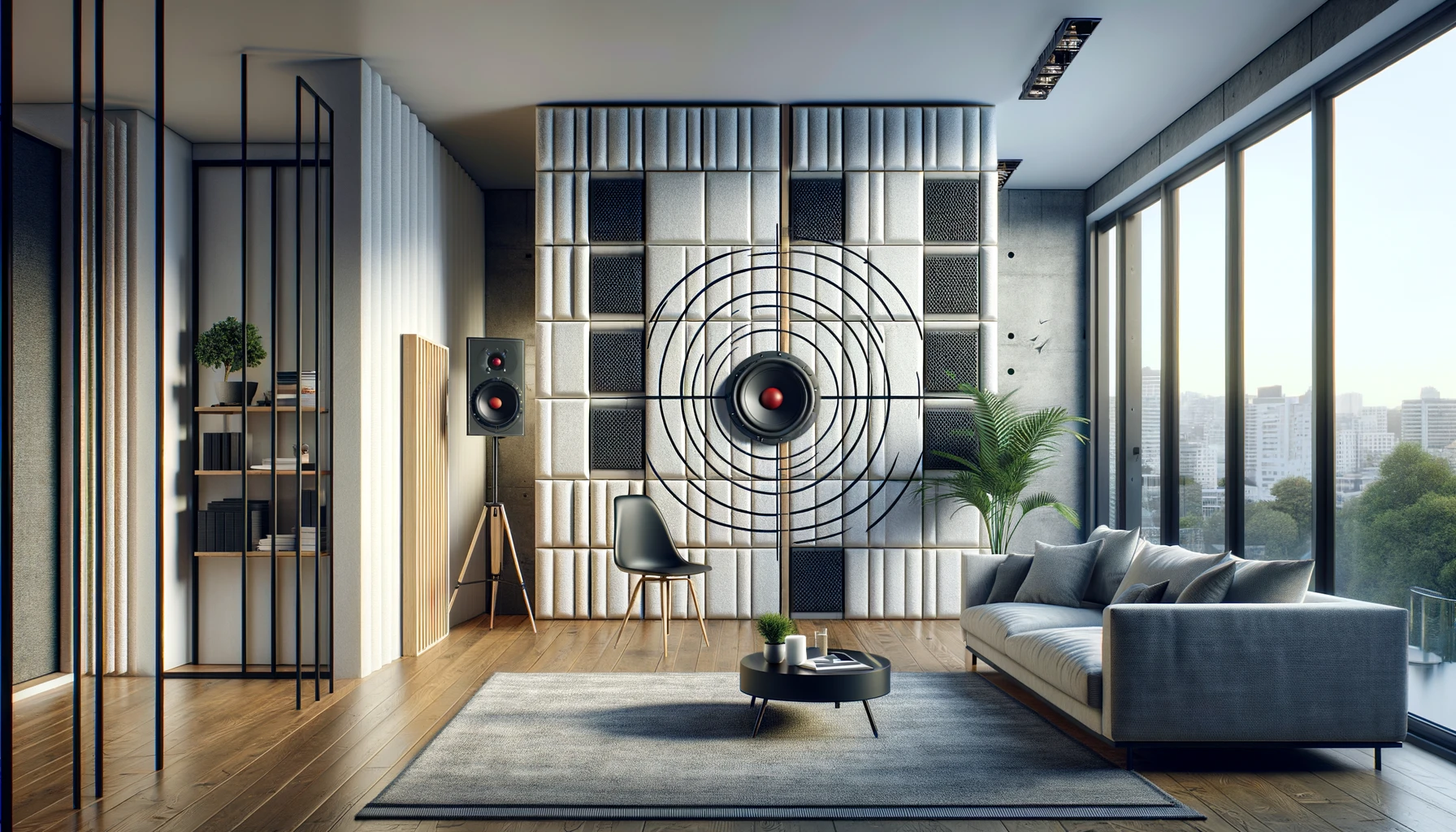
Partial Wall Soundproofing
It’s entirely feasible to soundproof just part of a wall effectively. The extent of coverage depends on your specific needs:
For areas with lots of flat surfaces, like gyms or dance studios, covering about 50% of the surface area might be necessary due to the high potential for echo.
For general noise reduction, such as in living areas or offices, starting with 15% coverage and adjusting as needed can be an effective approach.
Understanding How Sound Travels
To effectively soundproof any room, it’s important to understand how sound travels. There are two primary types of noise to consider:
Airborne Sound: This type of sound travels through the air and can seep into rooms through cracks, holes, and other openings.
Impact Sound: This results from objects coming into contact with the building’s structure, like footsteps or a door slamming.
Effective Soundproofing Techniques
To soundproof an entire wall, consider the following:
Identify the Noise Source: Understanding where the noise originates is crucial. Sometimes, the real issue may be gaps under doors or windows rather than the walls themselves.
Block the Noise at its Source: For instance, if TV noise is an issue, placing soundproofing materials on the wall adjacent to the noise source can be effective.
Choose the Right Materials: Depending on whether the wall is under construction or already finished, different materials and techniques will be needed. For new walls, using acoustic foam to fill gaps can prevent sound from echoing within the wall. For existing walls, options include installing soundproofing panels, using acoustic caulk to seal gaps, or adding a double layer of drywall to enhance sound insulation.
Soundproofing Materials and Applications
Soundproofing Panels: These can be both functional and decorative, reducing noise while enhancing the room’s appearance.
Acoustic Caulk and Tape: These are used to seal small openings that might let sound through.
Acoustic Wallpaper and Paint: While they offer some sound blocking, they are generally not sufficient on their own for significant noise issues.
Conclusion
Complete wall coverage with acoustic panels is not always necessary for effective soundproofing. By understanding how sound travels and identifying the main sources of noise, you can strategically place soundproofing materials to address specific problems without the need for extensive coverage. This approach not only saves on costs but also allows for more flexibility in interior design, making it possible to achieve both functionality and style in your soundproofing efforts.
Related Products

Chinese manufacturer providing high quality and stable price of wpc wall cladding
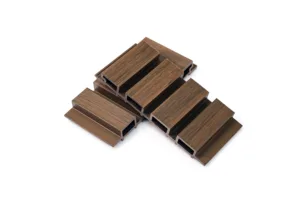
Chinese manufacturer providing high quality and stable price of composite exterior wall panels

Supplier of exterior wall panels with stable quality and Right Price
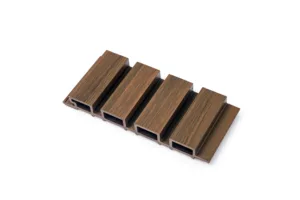
Supplier of outdoor wall panels with stable quality and Right Price

Provide you with high quality and competitively priced wpc decor panel
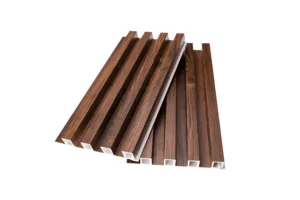
Provide you with high quality and competitively priced wpc panels

James is a content creator and decorator with five years of experience designing home decor. In his daily life, james is constantly on the lookout for the latest, great examples of house design and further optimizes his solutions. Additionally, he writes articles related to outdoor design, interior design, and architectural decorating materials to help brands build more engaging relationships with their audiences.

